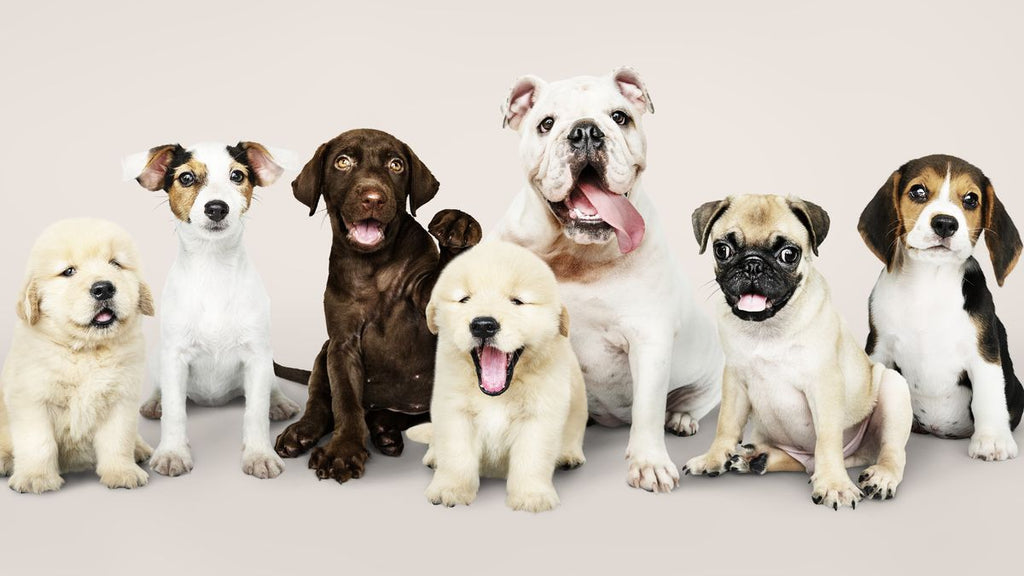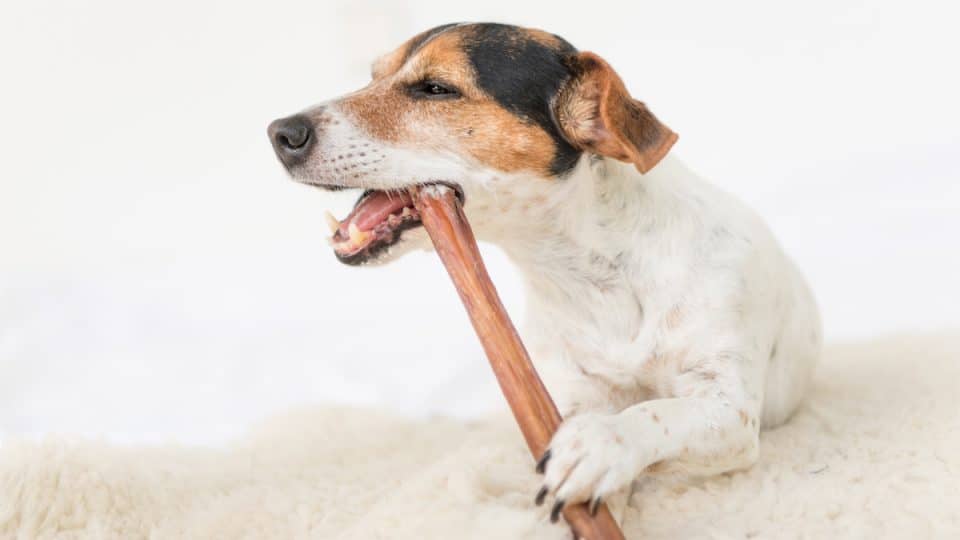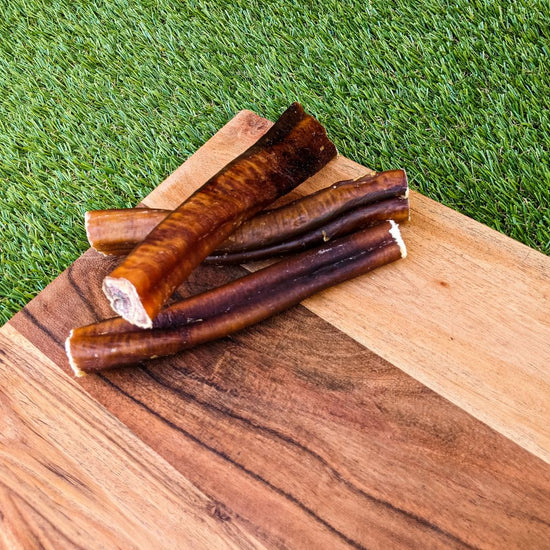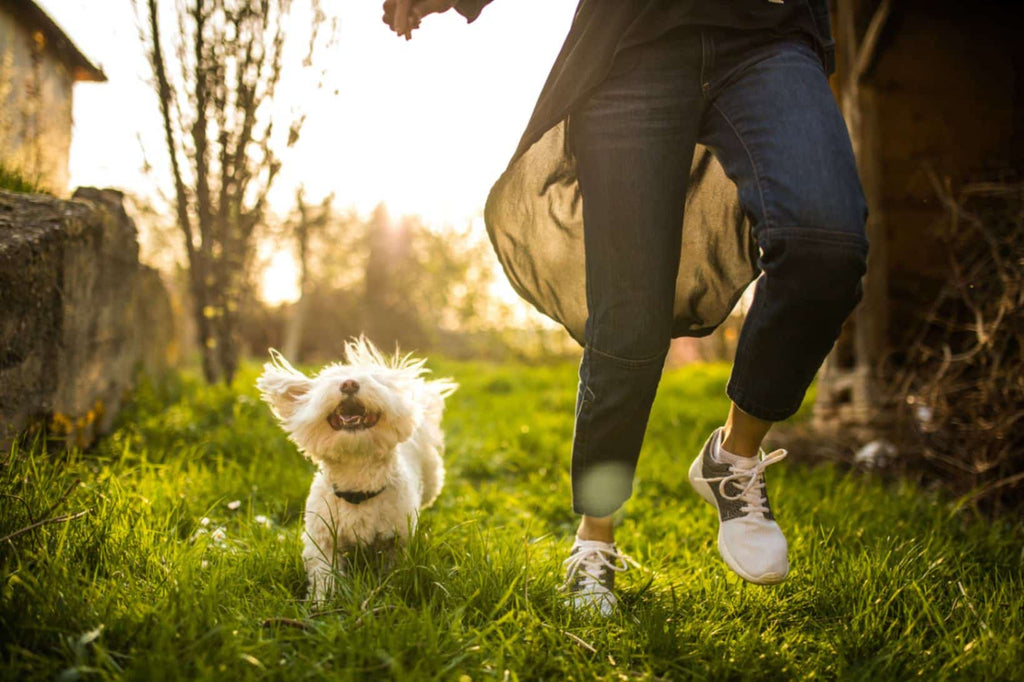
The Ultimate Guide to Canine Enrichment: Activities, Benefits, and Tips

Canine enrichment is an essential aspect of dog care that focuses on providing mental and physical stimulation to enhance your dog's quality of life. Enrichment activities help prevent boredom, reduce anxiety, and encourage natural behaviors. This comprehensive guide covers a wide range of enrichment activities, their benefits, and tips for implementing them effectively. Designed to be SEO-friendly, this guide aims to provide valuable information to dog owners looking to improve their pets' well-being.
Section 1: Understanding Canine Enrichment
1. What is Canine Enrichment? Canine enrichment refers to activities and stimuli that promote physical and mental well-being in dogs. These activities can include sensory stimulation, problem-solving exercises, social interaction, and physical activity.
2. Importance of Enrichment:
- Mental Stimulation: Enrichment activities challenge your dog's brain, preventing boredom and associated destructive behaviors.
- Physical Exercise: Many enrichment activities involve physical exercise, which helps maintain a healthy weight and improve overall fitness.
- Behavioral Benefits: Regular enrichment can reduce anxiety, aggression, and other behavioral issues by providing an outlet for natural instincts and energy.
Section 2: Types of Enrichment Activities
1. Sensory Enrichment:
- Scent Work: Use scent-based games to engage your dog's powerful sense of smell. Hide treats around the house or yard and let your dog find them.
- Textures and Sounds: Introduce different textures and sounds using toys, blankets, and interactive devices that produce various noises.
2. Food Enrichment:
- Puzzle Feeders: Use puzzle feeders or treat-dispensing toys to make mealtime more challenging and stimulating.
- Kongs and Chew Toys: Fill Kongs with peanut butter, yogurt, or dog-safe fruits and freeze them for a long-lasting treat that keeps your dog occupied.
3. Environmental Enrichment:
- Varied Walks: Change your walking routes regularly to expose your dog to new sights, sounds, and smells.
- Play Areas: Create a designated play area in your home or yard with different toys, obstacles, and hiding spots.
4. Social Enrichment:
- Playdates: Arrange playdates with other dogs to provide social interaction and exercise.
- Training Classes: Enroll in training classes or dog sports to enhance social skills and build a stronger bond with your dog.
5. Cognitive Enrichment:
- Training Sessions: Regularly teach your dog new commands and tricks to keep their mind active.
- Interactive Toys: Use toys that require problem-solving, such as puzzle boards and snuffle mats.
Section 3: Benefits of Canine Enrichment
1. Reduces Boredom and Destructive Behavior: Enrichment activities provide an outlet for your dog's energy and curiosity, preventing boredom and reducing the likelihood of destructive behaviors like chewing and digging (Fluffy Tamer) (DecsPets).
2. Enhances Mental Health: Regular mental stimulation helps prevent cognitive decline in older dogs and keeps young dogs mentally sharp. It also reduces anxiety and stress by providing a positive focus for their energy (The Rich Groomer).
3. Improves Physical Health: Enrichment activities that involve physical exercise help maintain a healthy weight, improve cardiovascular health, and strengthen muscles and joints (Pet Services at your doorstep).
4. Strengthens Bonding: Engaging in enrichment activities with your dog strengthens the bond between you and provides opportunities for positive interactions and communication (The Rich Groomer).
Section 4: Tips for Implementing Enrichment Activities
1. Start Slowly: Introduce new activities gradually to avoid overwhelming your dog. Begin with simple games and puzzles and gradually increase the difficulty as your dog becomes more comfortable and skilled.
2. Observe Your Dog’s Preferences: Pay attention to which activities your dog enjoys the most and tailor enrichment to their preferences. Some dogs may prefer scent work, while others might enjoy puzzle toys or physical activities.
3. Rotate Toys and Activities: Keep things interesting by rotating toys and activities regularly. This prevents boredom and keeps your dog engaged and excited about new challenges.
4. Use Positive Reinforcement: Always use positive reinforcement, such as treats and praise, to encourage participation in enrichment activities. This helps build a positive association with the activities and motivates your dog to engage.
5. Ensure Safety: Choose safe and appropriate toys and activities for your dog’s size, age, and health. Supervise your dog during enrichment activities to prevent accidents or ingestion of small parts.
Section 5: DIY Enrichment Ideas
1. DIY Puzzle Feeders: Create simple puzzle feeders using household items. For example, hide treats inside a rolled-up towel or place them under overturned cups for your dog to find.
2. Sensory Bins: Fill a large bin with safe, dog-friendly materials like shredded paper, balls, or fabrics, and hide treats or toys inside for your dog to explore.
3. Frozen Treats: Make frozen treats using dog-safe ingredients like chicken broth, yogurt, and fruits. Pour the mixture into ice cube trays or molds and freeze for a refreshing and engaging snack.
4. Snuffle Mats: Create a snuffle mat by tying strips of fabric to a rubber mat or a piece of cardboard. Hide treats within the fabric for your dog to sniff out and find.
5. DIY Agility Course: Set up a simple agility course in your yard or home using household items like chairs, broomsticks, and hula hoops. Guide your dog through the course using treats and positive reinforcement.
Conclusion
Canine enrichment is an essential aspect of dog care that significantly enhances your dog’s quality of life. By providing a variety of enrichment activities, you can keep your dog mentally and physically stimulated, reduce behavioral issues, and strengthen your bond. Remember, the key to successful enrichment is variety, positive reinforcement, and ensuring activities are safe and appropriate for your dog. With the right approach, enrichment can transform your dog’s daily routine and contribute to their overall happiness and well-being.
FAQs:
Q: How often should I engage my dog in enrichment activities? A: Ideally, you should incorporate some form of enrichment into your dog's daily routine. Even short sessions of 10-15 minutes can be highly beneficial.
Q: What are some signs that my dog needs more enrichment? A: Signs that your dog may need more enrichment include excessive barking, destructive behavior, restlessness, and signs of boredom such as pacing or licking.
Q: Can older dogs benefit from enrichment activities? A: Absolutely. Enrichment is beneficial for dogs of all ages. It helps keep older dogs mentally sharp and can alleviate symptoms of cognitive decline.
For more detailed information and resources, you can visit AKC, ASPCA, and Dog Enrichment.






